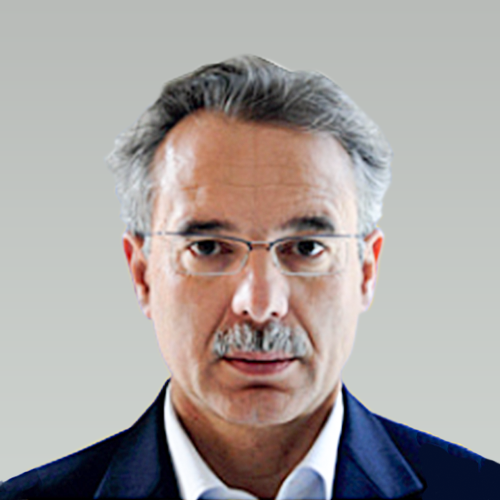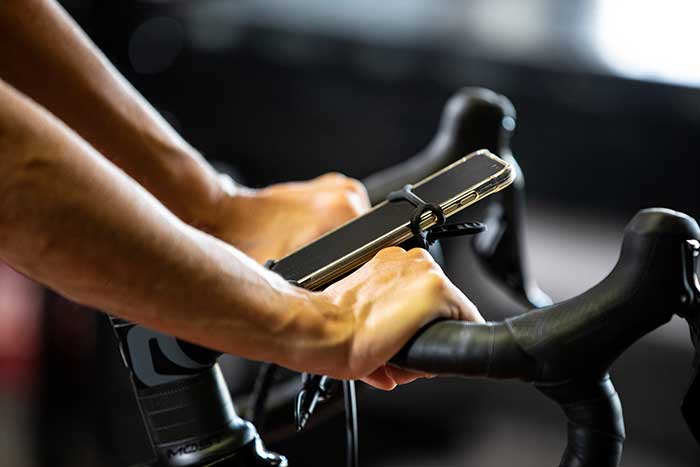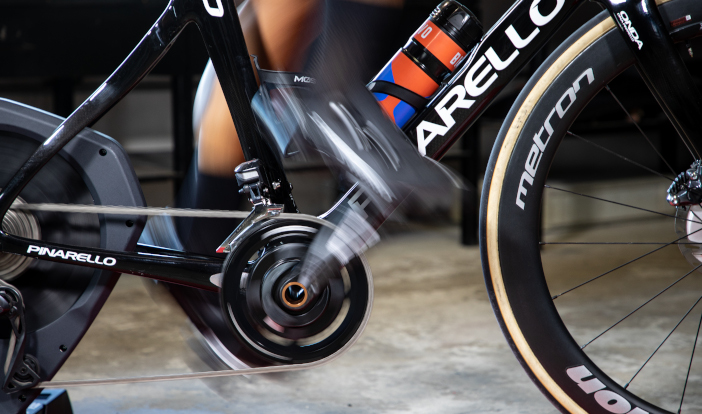Until some years ago, low back pain was relatively rare among cyclists. Nowadays, it is ever more present.
I receive a lot of cycling fans in my studio who say that their lower back pain is due to a faulty bike fit or the wrong seize bike frame which does not respect their anatomical and functional characteristics.
Even though cyclists know that it is best to have their bike fitted by an expert, too many of them still resort to do-it-yourself solutions. Changes to the position are made in the spur of the moment without allowing room for some more simple adaptations.
One of the errors I most frequently come across is that of putting the saddle too far back. The correct position balances performance with a proper posture of the spine. You should be able to draw a vertical line from the outer front edge of your kneecap to the front edge of the crank arm. A saddle moved back too far, even if only by a few centimeters, can cause knee and patellar tendon problems and severe sciatica. This position tilts the pelvic causing lumbar hypokyphosis.
If the athlete does not have - as is often the case - great flexibility of the spinal column, the pain can become more frequent and serious. Muscle imbalances also play an important role. The "chronic" lack of mobility exercises, stretching and strengthening of the spine and the cervical paraspinal muscles, lumbar and dorsal muscles, plays a fundamental role in the etiology of these problems.
Another common problem is raising the saddle too high. The height difference between the saddle and the handlebars should not be excessive. It can cause an exaggerated bending of the trunk leading to inevitable back pain, irradiating to the lower limbs. A saddle fixed too high triggers lateral oscillations of the pelvis when the foot is at the end of the pushing phase, worsening the lower back pain. The difference in height between the saddle and handlebars should, however, not be reduced too much and must not fall below 4 centimeters. In this case, you would bike with your torso too erect.
The athletes who spend a lot of time on the bike and suffer from low back pain most often, are triathletes. The more time these athletes spend on the bike, either in races or during training, the more time the contracted lower back muscles need to loosen. This is especially true if the athlete then passes to the running fraction. Because of the impact of running, the stress on the lower limbs is transmitted upwards to the lumbosacral spine. This increases the intradiscal pressure even further and even the slightest predisposition to lower back pain can exacerbate the problem.
What can you do? As in any situation, the best solution is to apply common sense in determining the correct position on your bike and making any changes. In my opinion, the best thing to do is to seek the help of an experienced bike fitter. In addition, you should get to know yourself and develop experience in positioning yourself correctly on the bike. Every cyclist should also carry out mobility work and stretch and strengthen the paraspinal and spine muscles.
It is best to stretch the lumbosacral spine by extending it from a prone pose. This should especially be done around races or long workouts. Regular massages and lumbosacral manipulations are also useful in preventing pain or to provide relief.

Sergio Migliorini
You might also be interested in


